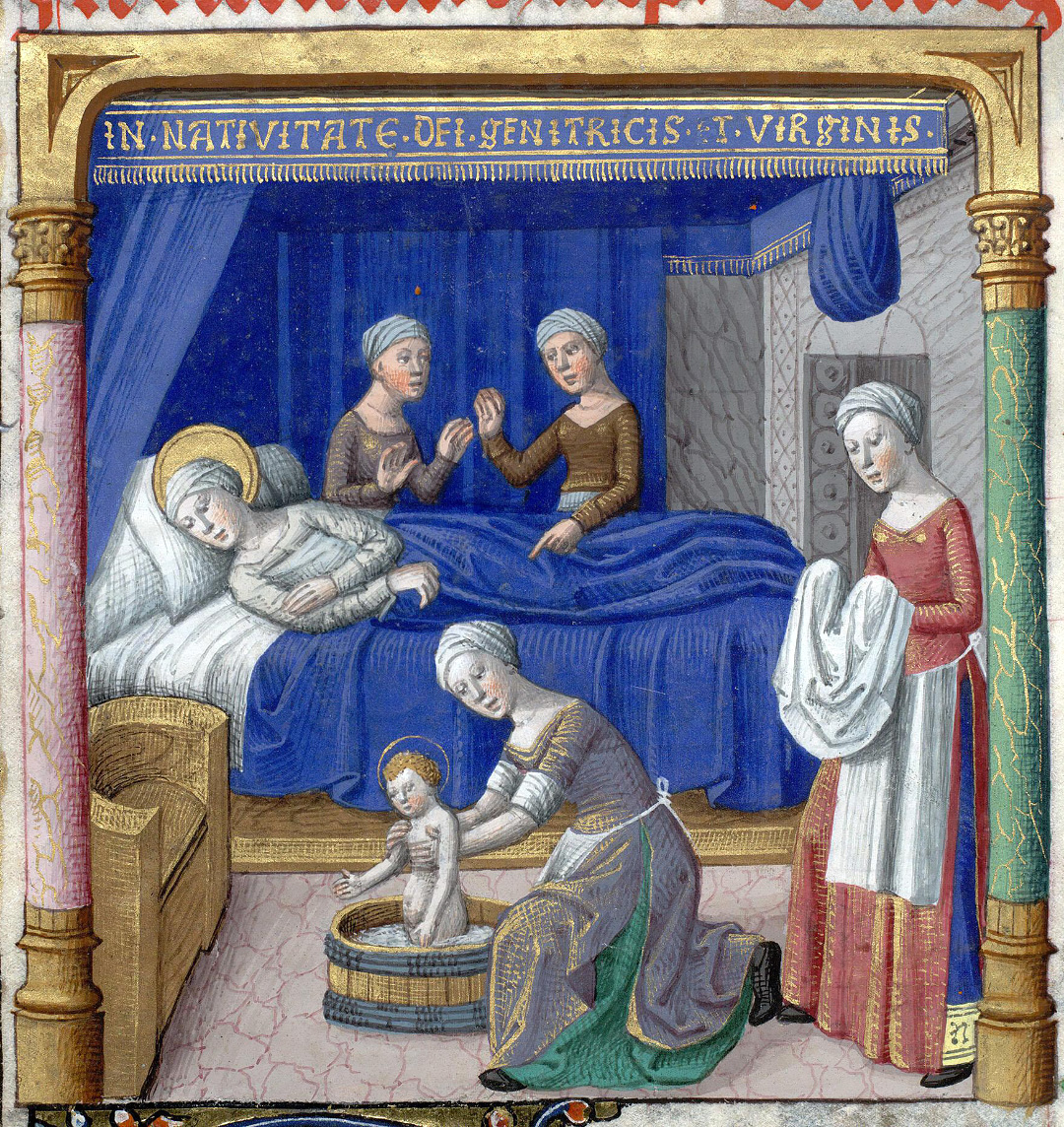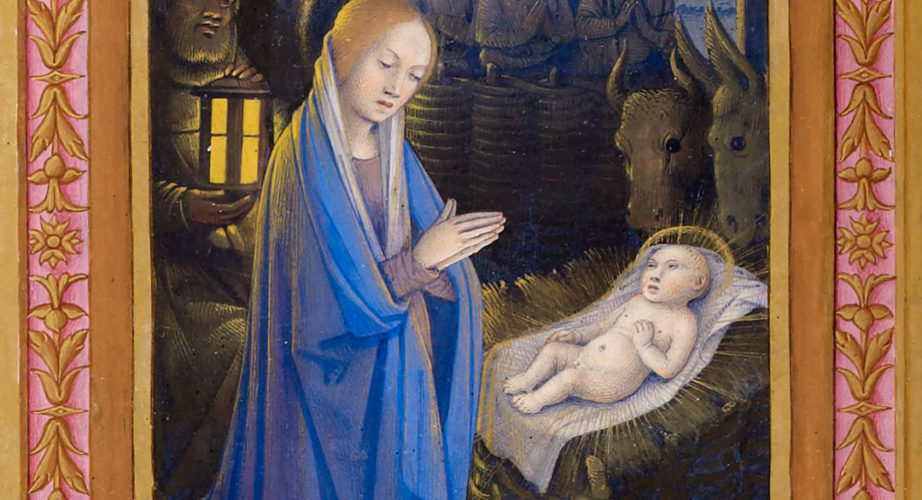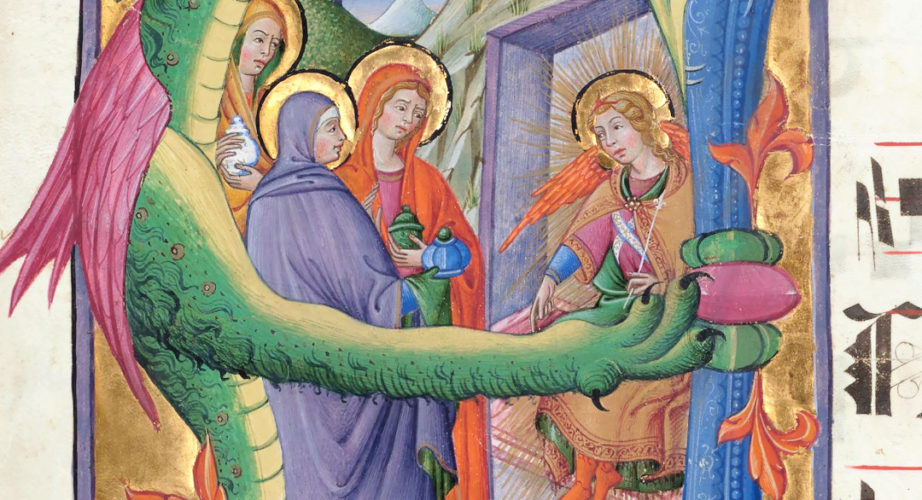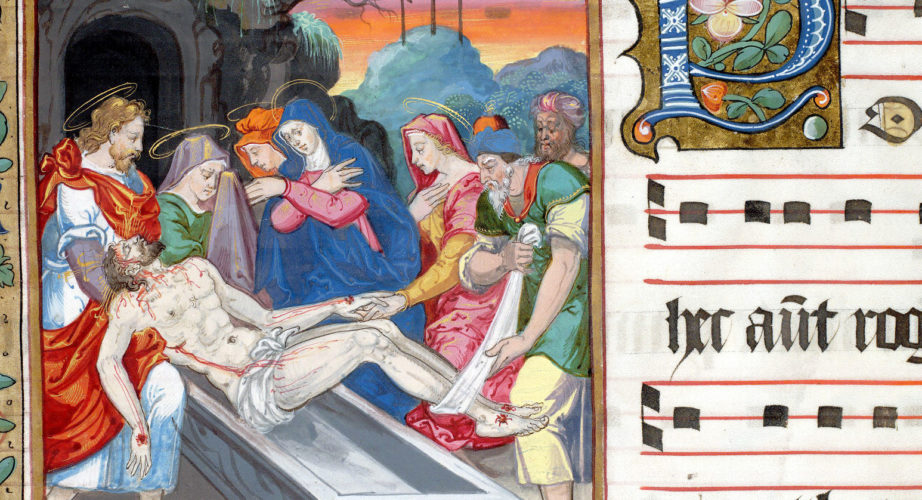NATIVITY OF THE VIRGIN

The Church celebrates today, exactly 9 months after that of the Immaculate Conception, the feast of the Nativity of the Blessed Virgin Mary. Although being one of the main festivities in Christianity, the birth of Mary is actually not recorded in canon Scripture: the first account of the event is found, in fact, in the apocryphal Protoevangelium of James (2nd century). Celebrations of the feast itself date back to the 6th century; due to the nature of its apocryphal sources, however, the Western Church was slower in accepting the new feast. Although brought to Rome by Eastern monks as early as in the 7th century, the Birth of Mary was not institutionalized until sometime around the 10th century.
The Nativity of the Virgin marks a somehow unique festivity, as the Church usually only commemorates saints on the date of their death. The only exceptions to this rule are Mary herself and St. John the Baptist, whose births are celebrated as part of the coming of Jesus. Only Mary and John, moreover, can be said to be holy in their birth: Mary thanks to her Immaculate Conception, and John due to his sanctification in Saint Elizabeth's womb.
The birth of the Virgin Mary is also described in the third sura of the Qur'an. According to the Book, Mary's parents, here called Imran and Hannah (as opposed to the Christian Joachim and Anne), prayed to God for their long-awaited child not to be touched by Satan: as a result, Muslim tradition also states that the only children to ever be born "pure" were Mary and Jesus himself.
"Nativity of the Virgin", illumination from a Missal, Use of Saint-Germain-l'Auxerrois, ms. 0410 B, f. 324v, ca. 1480-1490, Bibliothèque Mazarine, Paris.
Folia Magazine wishes all of you the happiest of Holidays with this delicate,…
It is finally Easter! We celebrate the occasion with this delightful illumination depicting…
We continue the Easter Triduum by moving on to Good Friday. As the…


